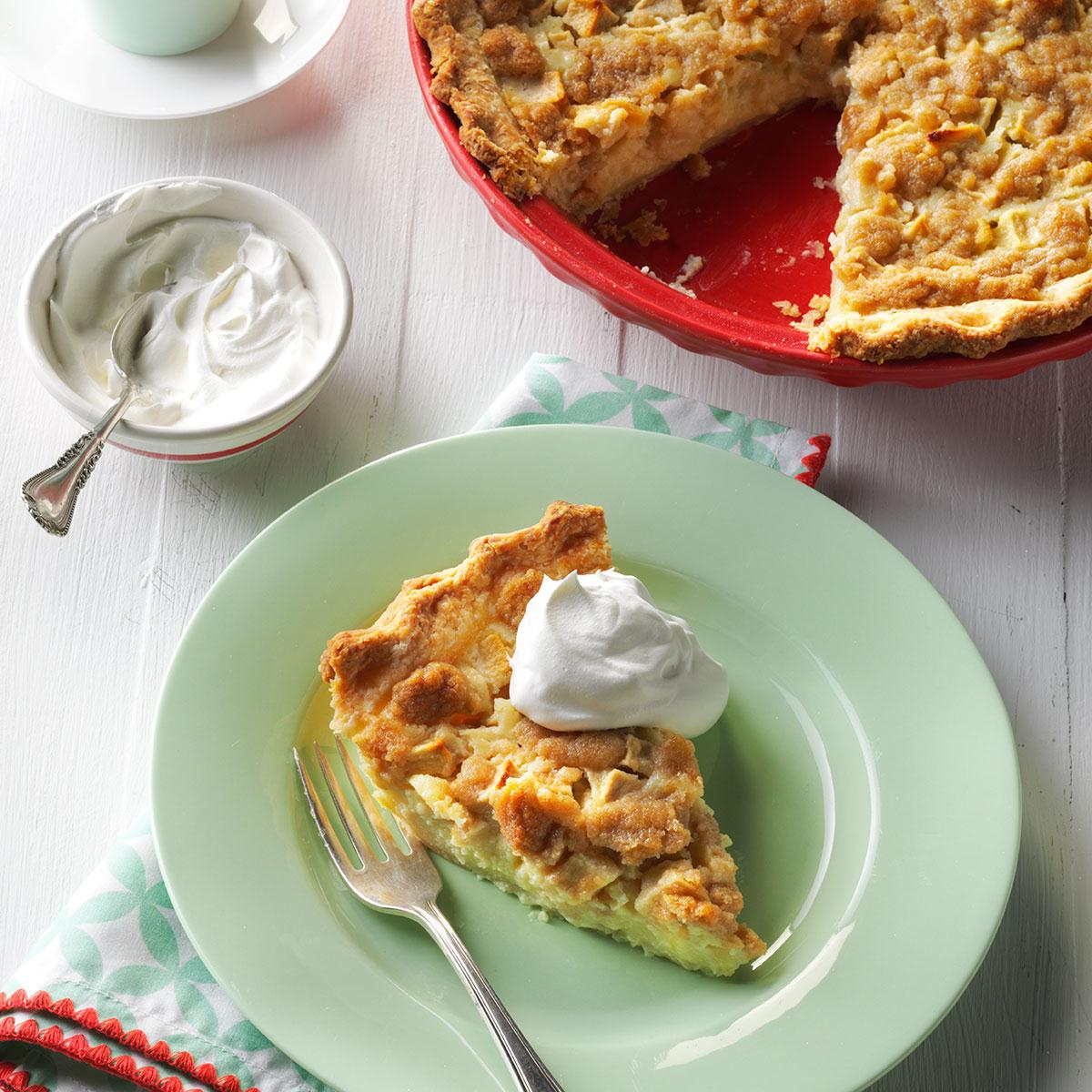Lasagna is a classic Italian dish that is enjoyed by people all over the world. It is a layered dish made with pasta, sauce, cheese, and meat. The lasagna verdi al forno is a variation of the classic lasagna that uses green pasta sheets.
This article provides two recipes for lasagna verdi al forno: one with a traditional meat sauce and one with a vegetarian sauce. The traditional meat sauce is made with ground beef, pork, and sausage, while the vegetarian sauce is made with a variety of vegetables, such as zucchini, carrots, and bell peppers. Both sauces are simmered in a flavorful tomato sauce and then layered with the green pasta sheets, cheese, and béchamel sauce.
The lasagna is then baked in the oven until it is golden brown and bubbly. The result is a delicious and hearty dish that is perfect for a special occasion or a family dinner.
Here are some of the highlights of the recipes:
* The traditional meat sauce is made with a combination of ground beef, pork, and sausage, which gives it a rich and flavorful taste.
* The vegetarian sauce is made with a variety of fresh vegetables, which makes it a healthy and flavorful alternative to the traditional meat sauce.
* The béchamel sauce is made with milk, butter, and flour, and it adds a creamy and velvety texture to the lasagna.
* The lasagna is baked in the oven until it is golden brown and bubbly, which gives it a crispy and delicious crust.
Whether you are looking for a traditional or a vegetarian lasagna, this article has a recipe that is sure to please.
LASAGNE AL FORNO
Lasagne, as everyone knows, is a dish of wide flat noodles, sometimes green from spinach (lasagne Verdi), sometimes with ruffled edges (lasagne ricce). The classic, austere version from Bologna alternates layers of lasagne with meat sauce (ragu) and bechamel. I am giving a more exuberant example below. There are many others, including the lasagne di vigilia, Christmas Eve lasagne, involving very wide noodles that remind the faithful of the baby Jesus's swaddling clothes. Lasagne (Lasagne is the singular but it is almost never use. Ditto for other pasta types: who would ever lapse into speaking of a single spaghetto, except in humor) is first and foremost a noodle, not a specific dish, It may be the primordial Italian pasta noodle, or at least the oldest known word in the modern pasta vocabulary. In one way or another, lasagne seems to derive from the classical Latin laganum. But what was laganum? Something made of flour and oil, a cake. The word itself derived from a Greek word for chamber pot, which was humorously applied to cooking pots. And like many other, better-known cases of synecdochical food names, the container came to stand for the thing it contained. And eventually, by a process no one knows with any certainly, laganum emerged as a word for a flat noodle in very early modern, southern Italy. If you are persuaded by all the evidence collected by Clifford A. Wright, you will be ready to believe that in Sicily, an Arab noodle cuisine collided with the Italian kitchen vocabulary and co-opted laganum and its variant lasanon to describe the new "cakes" coming in from North Africa. Would you be happier about this theory if you had evidence of a survival of an "oriental" Arab pasta in Sicily? Mary Taylor Simeti provides one in Pomp and Sustenance, Twenty-Five Centuries of Sicilian Food. Sciabbo, a Christmas noodle dish eaten in Enna in central Sicily, combines ruffled lasagna (sciabbo-jabot, French for a ruffled shirtfront) with cinnamon and sugar, typical Near Eastern spices then and now.
Provided by Food Network
Categories main-dish
Time 1h30m
Yield 6 servings
Number Of Ingredients 14
Steps:
- In a mixing bowl, stir together the beef, milk, parsley, salt, and pepper. Form into balls the size of olives. Heat 2 tablespoons of olive oil in a skillet and brown the meatballs in small batches. Remove from the pan as they brown and drain on paper towels. Set aside.
- In the same skillet, add the onion and garlic and saute until the onion is lightly browned. Then stir in the tomato puree and tomato paste. Simmer for 15 minutes.
- Bring 6 quarts of water to boil in a large pot.
- Add the meatballs to the tomato mixture and continue cooking for another 30 minutes. Meanwhile, liberally salt the boiling water and add the lasagna. Cook until al dente, about 10 minutes. Drain in colander.
- Preheat the oven to 375 degrees F.
- In a shallow ovenproof pan, roughly 13 by 9 by 2 inches, spread a thin layer of the sauce (no meatballs). Then spread a layer of overlapping lasagna 1 strip thick (don't let the strips run up the side of the dish). Cover that with mozzarella slices and then 5 tablespoons ricotta. Sprinkle with the Parmesan and then spread on 1/4 of the sauce and meatballs. Begin again with a layer of lasagna and continue as above until all the ingredients are used up, ending with the Parmesan.
- Bake for 30 to 35 minutes. If the cheese on top hasn't melted, run under the broiler briefly. Then let the dish rest at room temperature for a few minutes before serving.
LASAGNE VERDI ALLA BOLOGNESE
This is an adaptation of the official lasagne from the Bolognese Chamber of Commerce. I've made a couple of changes suggested to me by people from the area, such as which meat and wine to use or if there should be milk added or not. One thing never in question, though, is the green lasagne sheets. These are a must. The ragu is an authentic sauce, simple without garlic or herbs and spices. Using fresh pasta keeps you from having to pre-boil it.
Provided by Buckwheat Queen
Categories Meat and Poultry Recipes Pork Ground Pork Recipes
Time 4h
Yield 10
Number Of Ingredients 23
Steps:
- Saute pancetta in a large stockpot over medium-high heat until fat has rendered, 1 to 2 minutes. Add carrot, celery, onion, and oil. Cook and stir until vegetables have softened and onion is translucent, about 5 minutes. Add beef and pork. Cook, stirring and mashing meat into small crumbles, until browned, 5 to 7 minutes more.
- Stir wine into the stockpot and bring to a boil. Add tomato sauce and stir; pour in 1 cup broth. Reduce heat to low and partially cover the pot to allow steam to escape. Simmer sauce for 1 hour, stirring occasionally.
- Pour 1 more cup of broth into the sauce. Continue simmering until thick, 1 to 1 1/2 hours. Add more broth only if absolutely necessary; ragu should drop, not run, off a spoon.
- Start preparing pasta after sauce has been cooking for 1 1/2 hours. Bring water and salt to a boil in a small saucepan. Add spinach and cover until it returns to a boil. Stir gently and cook until spinach is heated through. Remove from heat, leave covered, and let cool.
- Drain spinach in a mesh strainer set over a bowl, pressing it down with a fork to squeeze out as much water and possible; reserve the liquid. Puree spinach in a blender until smooth.
- Sift flour into a bowl. Make a well in the center; add eggs, spinach, and about 1 tablespoon of the reserved liquid. Mix together by hand or using the dough hook of a stand mixer, adding more liquid if needed. Knead until dough becomes a smooth ball. Cover with plastic wrap and let sit at room temperature for 30 minutes.
- Taste the ragu and adjust salt. Remove from heat and add milk; stir well and set aside to cool.
- Divide pasta dough into 4 equal sections. Use a pasta machine, or rolling pin, dusted with flour, to roll pasta into 1/16-inch thick sheets. Lay sheets on clean dish towels to help them dry. Let rest for 20 minutes.
- Meanwhile, melt butter in a saucepan over medium heat. Do not allow it to brown or burn. Add flour and whisk constantly until golden. Add 1/2 cup milk, whisking constantly. Repeat with remaining milk. Simmer until bechamel is thickened, about 10 minutes. Season with nutmeg and salt.
- Preheat the oven to 350 degrees F (175 degrees C).
- Spread a bit of the ragu sauce over the base of a 9x13-inch baking dish. Add a layer of pasta. Top with a spoonful of sauce and bechamel. Add a spoonful of grated Parmigiano-Reggiano. Top with another layer of pasta. Add more sauce, bechamel, and cheese. Repeat layers until you reach the top; finish with a layer of pasta, bechamel, and cheese.
- Bake in the preheated oven until the sauce is bubbling and the cheese on top has browned, 25 to 30 minutes. Let lasagne rest for 10 or 15 minutes at room temperature before slicing.
Nutrition Facts : Calories 389.3 calories, Carbohydrate 28.3 g, Cholesterol 95.2 mg, Fat 23.1 g, Fiber 4.1 g, Protein 17.5 g, SaturatedFat 10.2 g, Sodium 612.4 mg, Sugar 6.8 g
Tips:
- Use fresh, high-quality ingredients for the best flavor.
- Don't overcook the lasagna noodles. They should be al dente, or slightly firm to the bite.
- Be generous with the cheese. It's what makes lasagna so rich and flavorful.
- Let the lasagna rest for at least 15 minutes before slicing and serving. This will help it to set and make it easier to cut.
- Serve lasagna with a side of garlic bread or salad.
Conclusion:
Lasagna is a delicious and versatile dish that can be enjoyed by people of all ages. It's perfect for a weeknight meal or a special occasion. With so many different variations to choose from, there's sure to be a lasagna recipe that everyone will love.
Are you curently on diet or you just want to control your food's nutritions, ingredients? We will help you find recipes by cooking method, nutrition, ingredients...
Check it out »
You'll also love








